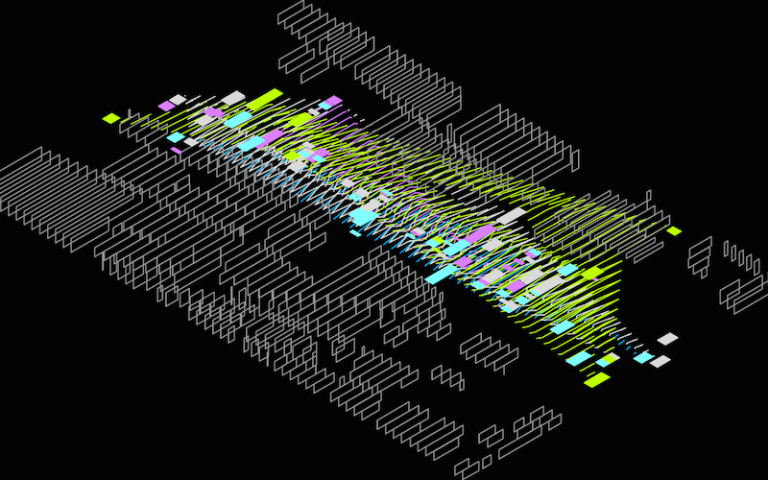 Research
Research

Subject
An Archeology of Complexity: On How Cities Self-Organise
First and second supervisors
Abstract
Complexity Science emerged in the 1980s claiming the interconnectedness of ants colonies, brain cells, economies and cities, with a salient impact on generative architecture and urban methodologies. This research questions the surge of the science in current design epistemologies and postulates that complexity is not a new framework in science, architecture, or the city. Collective action, bottom-up processes, interactions on the local level, and adaptation have been the 'friends and foes' of architects in post-war architecture theory and pre-modern cities formations across centuries. The three disciplines seem to be historically intertwined through the "vicissitudes" of the words science and arts.
In their efforts to undo the effect of industrialisation on cities, Team10 protagonists were conjuring a 'new consciousness' to break away from the functionalist city. As this research argues, underlying this paradigm is a quest for complexity that altered Team10 design epistemologies from western cities' ordered, top-down, centralised, functionalist planning to the disordered, bottom-up, decentralised, collective labyrinthine space of the Casbah. This study discerns 1947 as a turn in the theory of knowledge in science, modern architecture, and the theorisation of the 'other'; It explores this turn as a shift towards complexity.
My research aims to understand and redefine how cities self-organise in current urban design epistemologies. It seeks to do that through three alternative readings of complexity in western mid-twentieth century scientific theory, post-war modernist design epistemology, and non-western pre-modern cities processes. In science, it investigates the emergence of complexity and self-organisation as a methodology with a lineage to physical sciences, engineering, and war research; It discerns an early quest for complexity in architectural theory through the theorisation of the Casbah. It excavates a pre-history for self-organisation in the labyrinthine morphology of this archetype, in the North African city of Fes, challenging orientalists' notions of informality.
Biography
Zahira El Nazer is an architect, urbanist and researcher and currently teaches urban design at The Bartlett School of Planning. Zahira holds a Bachelor in Architecture (the American university of Beirut) and an Architecture and Urbanism MArch (Design Research Laboratory, Architectural Association).
She is the founder of Zamuch, a collaborative practice producing designs and studies in the fields of architecture, interior and urbanism. She worked at Zaha Hadid Architects as a project architect for the Shaykh Zayed bridge in Abu Dhabi. Zahira then joined Arup Urban Design as a senior urban designer. In 2005, Zahira was appointed as the urban Design Advisor for the LTGDC to advise the Canning Town Regeneration Team and further a design agenda within the public and private stakeholders.
Zahira’s research examines new design epistemologies in current urban computational design that promote a social and political dimension. Through developing tools for collective and non-tokenistic participatory approaches to create and transform cities.
Links
Image: Oblique Striation, Zahira El Nazer & Mustafa Chehabeddine
 Close
Close

